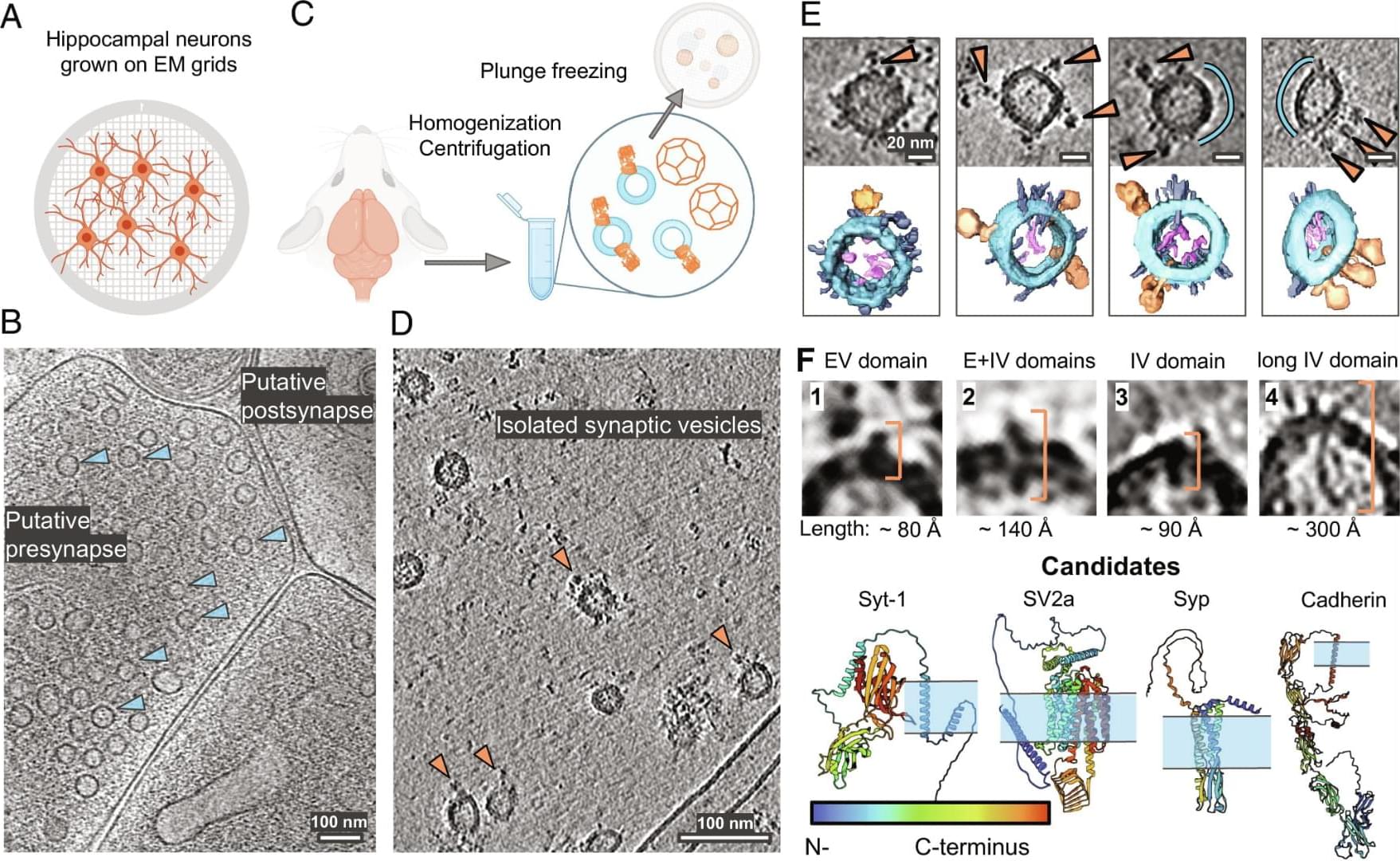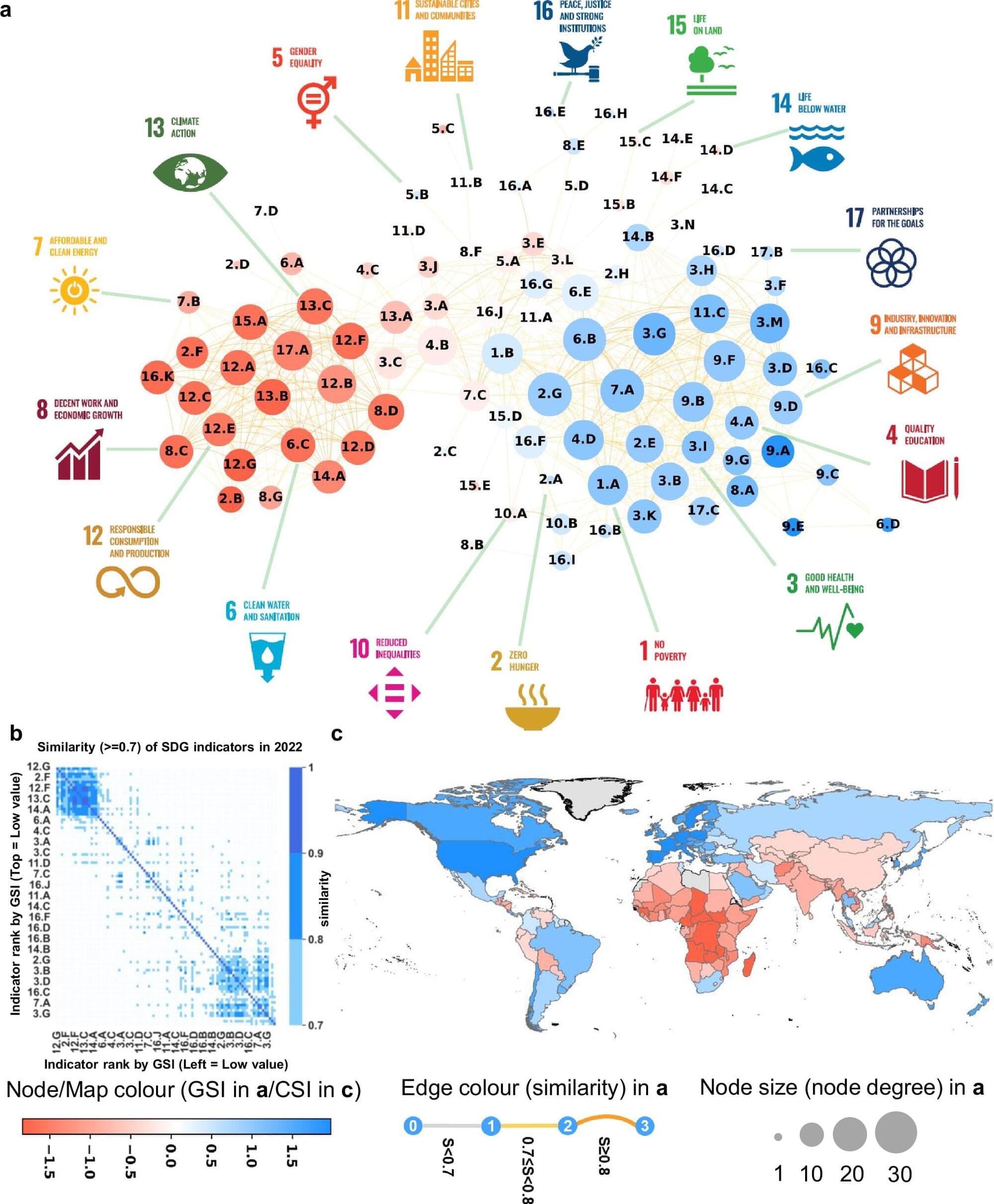Evolution is traditionally associated with a process of increasing complexity and gaining new genes. However, the explosion of the genomic era shows that gene loss and simplification is a much more frequent process in the evolution of species than previously thought, and may favor new biological adaptations that facilitate the survival of living organisms.
This evolutionary driver, which seems counter-intuitive—” less is more” in genetic terms—now reveals a surprising dimension that responds to the new evolutionary concept of “less, but more,” i.e., the phenomenon of massive gene losses followed by large expansions through gene duplications.
This is one of the main conclusions of an article published in the journal Molecular Biology and Evolution, led by a team from the Genetics Section of the Faculty of Biology and the Institute for Research on Biodiversity (IRBio) of the University of Barcelona, in which teams from the Okinawa Institute of Science and Technology (OIST) have also participated.







